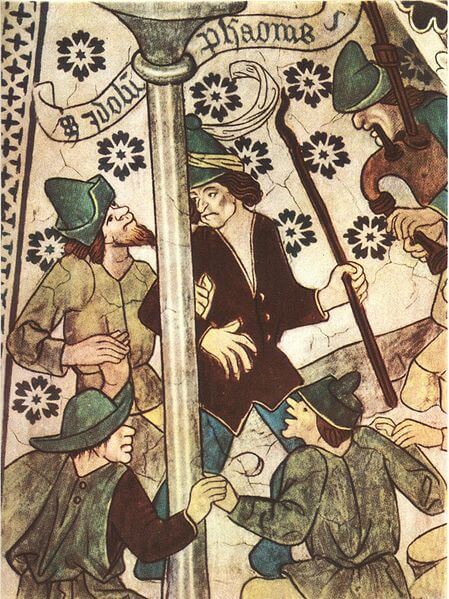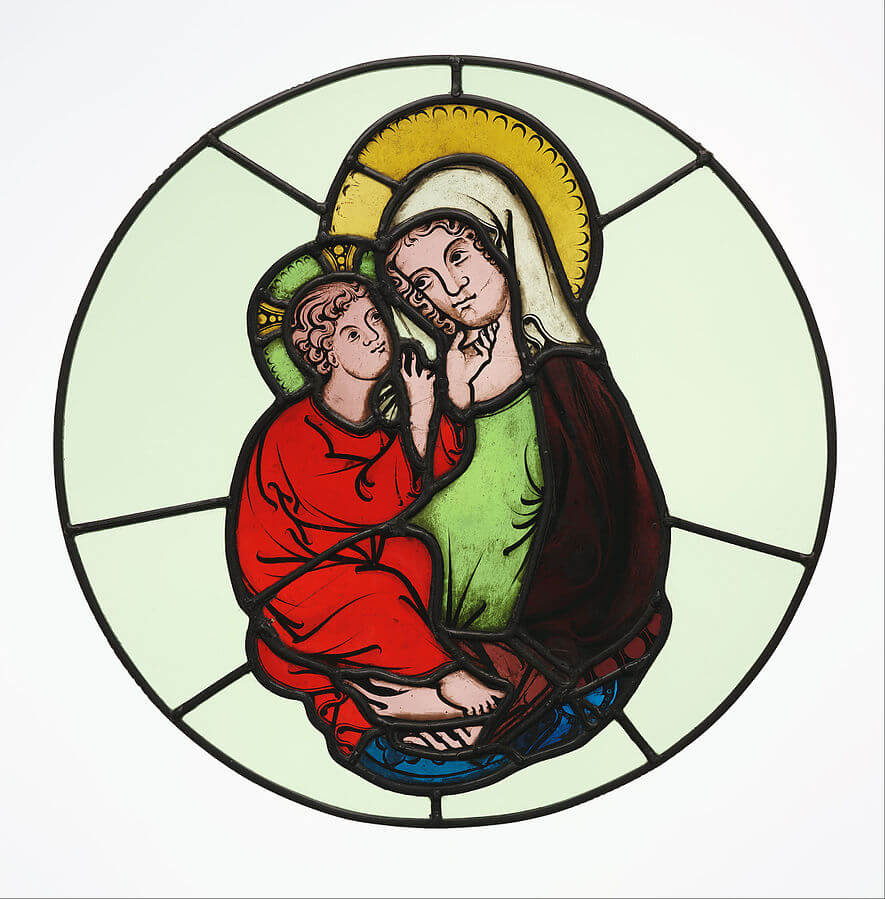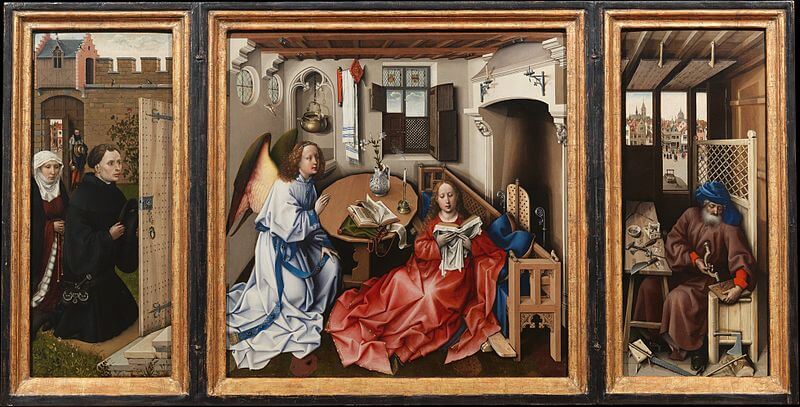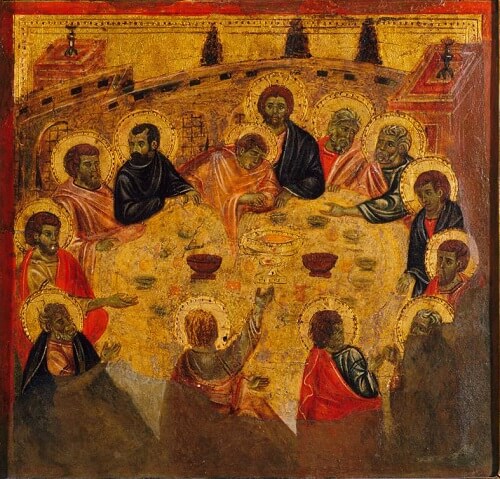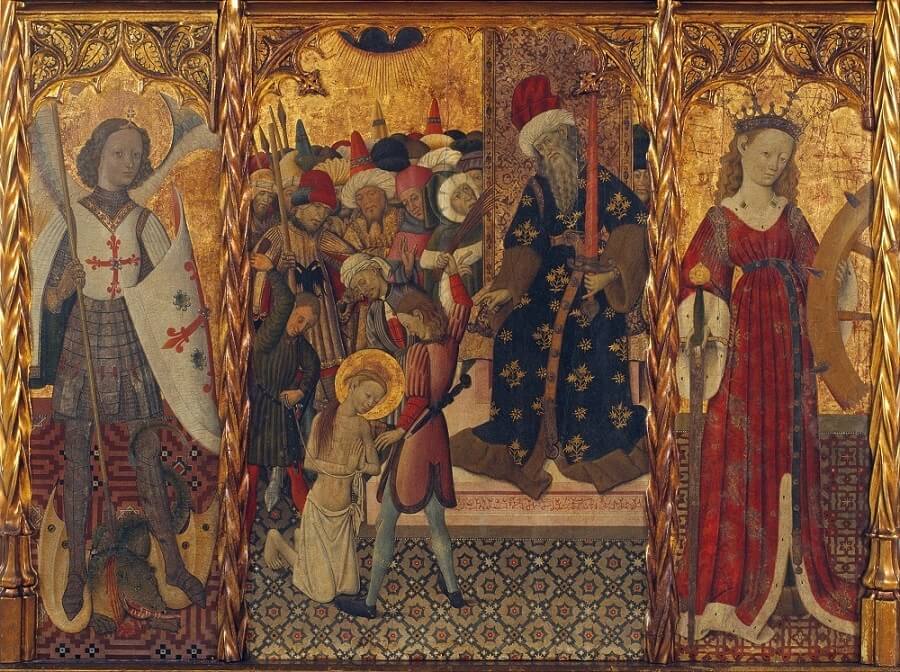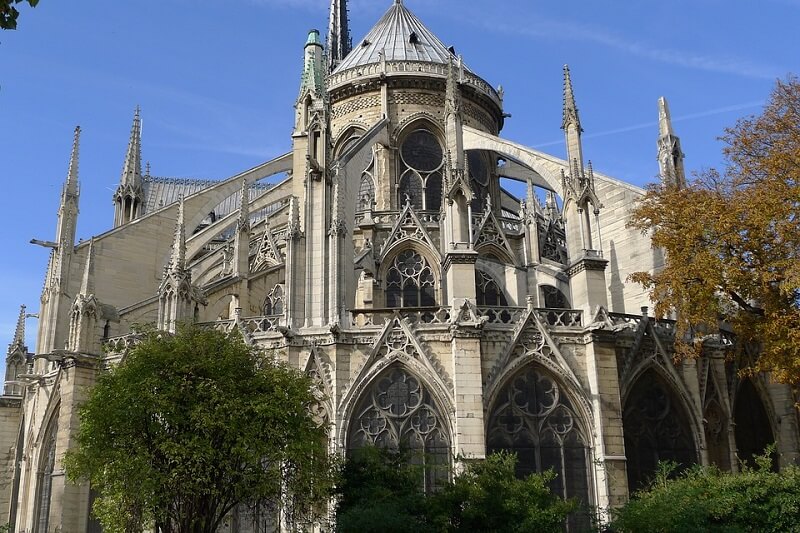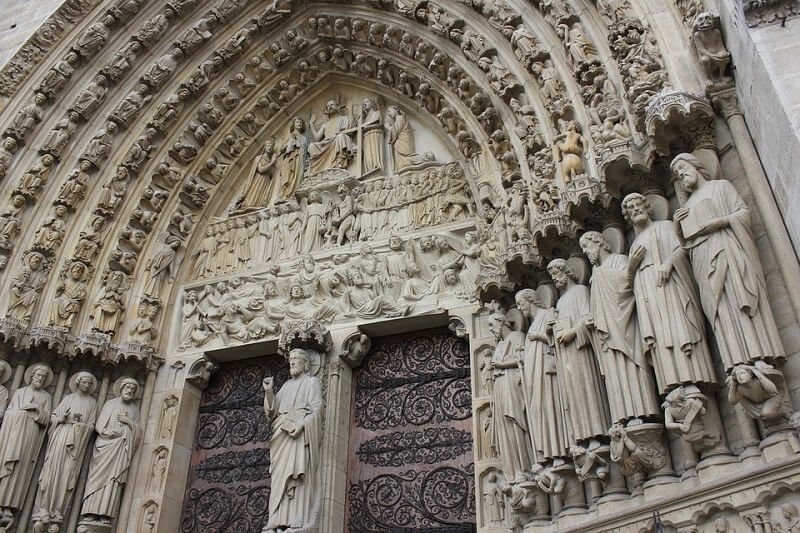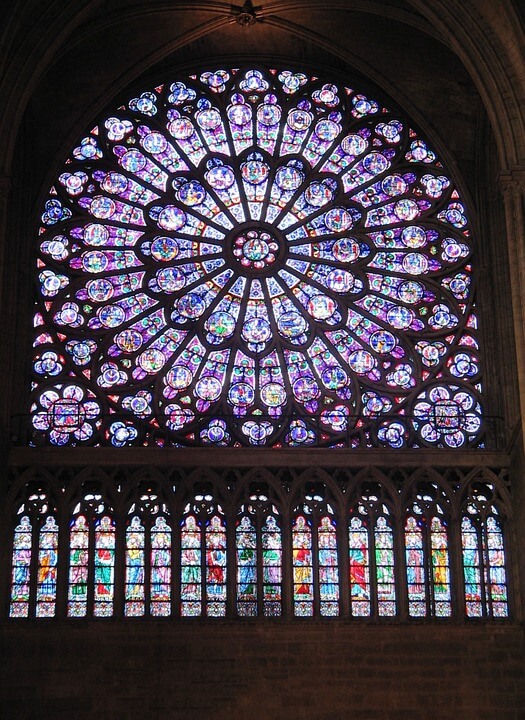Activity 1: Can You Find It?
Find the following in the artwork:
- Saint Francis of Assisi
- Peasant
- Two Franciscans
- Franciscan Habits
- Donkey
- Spring
- Someone Praying
- Someone Thirsty
- Saddle
- Reins
- Halo
Activity 2: Narrate the Artwork
- After studying the artwork, narrate the scene shown aloud using your own words.
Activity 3: View Assisi, Italy
- Saint Francis was born in Assisi, Italy.
- Study the landscape view of Assisi, Italy.
Activity 4: Map the Artwork
Zoom in to find the city of Terni, Italy. Assisi is a bit north of Terni.
Activity 5: Classify the Artwork
- This artwork belongs to the Gothic art movement.
- Find the Gothic art movement on the timeline.
- During which (estimated) years did the Gothic art movement flourish?
- Which art movement preceded the Gothic art movement?
- Which art movement followed the Gothic art movement?
Activity 6: Color a Gothic Rose Window

- Click the crayon above and complete page 9 of 'Fourth Grade Art History Coloring Book.'




